Types of Braces: Comparing Traditional Metal, Ceramic, Lingual, and InvisalignTypes of Braces: Comparing Traditional Metal, Ceramic, Lingual, and Invisalign
Choosing the right type of braces can be a daunting task, especially with so many options available. Each type has its unique benefits and considerations, making it important to understand the differences to make an informed decision. You can search for “affordable braces near me” to find local orthodontists who offer a range of treatments. Additionally, scheduling a consultation with an orthodontist can help you determine which option best suits your dental needs, lifestyle, and budget. In this article, we’ll explore four common types of braces: traditional metal braces, ceramic braces, lingual braces, and Invisalign.
Traditional Metal Braces
Traditional metal braces are the most widely acknowledged and commonly used. They feature metal brackets and wires that are secured to the front of the teeth. Having been in use for decades, they have a well-established track record of effectiveness.
Pros
- Effective for All Cases: Metal braces can correct a wide range of dental issues, from minor alignment problems to more complex cases.
- Durable: Made of high-quality stainless steel, they are strong and less likely to break.
- Cost-Effective: Generally, metal braces are the most affordable option.
Cons
- Visible: Metal braces are quite noticeable, which can be a concern for those who are self-conscious about their appearance.
- Discomfort: The metal brackets and wires can irritate the inside of the mouth, especially when first applied or after adjustments.
Ceramic Braces
Ceramic braces operate like metal braces but utilize clear or tooth-colored brackets that blend with the teeth, making them a more aesthetically pleasing option.
Pros
- Less Noticeable: The ceramic material blends with the teeth, making them less conspicuous than metal braces.
- Effective: They can correct the same dental issues as metal braces.
Cons
- More Fragile: Ceramic brackets are more brittle than metal ones and can break more easily.
- Cost: Ceramic braces are typically more expensive than metal braces.
- Potential for Staining: The clear or tooth-colored brackets can stain if not cared for properly, especially with certain foods and drinks.
Lingual Braces
Lingual braces function like traditional metal braces, but their brackets and wires are affixed to the back of the teeth, rendering them invisible from the front.
Pros
- Invisible: They are hidden behind the teeth, so they are not visible when you smile.
- Effective: They can address a wide range of orthodontic issues.
Cons
- Discomfort: Lingual braces can be more uncomfortable initially because they are close to the tongue.
- Complexity: They require a skilled orthodontist for installation and adjustments.
- Cost: Lingual braces are generally more expensive due to the customization and expertise required.
Invisalign
Invisalign employs a series of clear, removable aligners to progressively straighten teeth. Each aligner is custom-crafted to fit securely over the teeth and is changed every one to two weeks.
Pros
- Aesthetic: The clear aligners are virtually invisible, making them an excellent choice for those concerned about appearance.
- Removable: Aligners can be taken out for eating, drinking, brushing, and flossing, making oral hygiene easier to maintain.
- Comfortable: Made of smooth plastic, they are less likely to irritate metal braces.
Cons
- Discipline Required: For Invisalign to be effective, aligners must be worn for 20-22 hours a day, which requires a high level of commitment.
- Not Suitable for All Cases: Invisalign may not be the best option for more complex orthodontic issues.
- Cost: Invisalign tends to be more expensive than traditional braces.



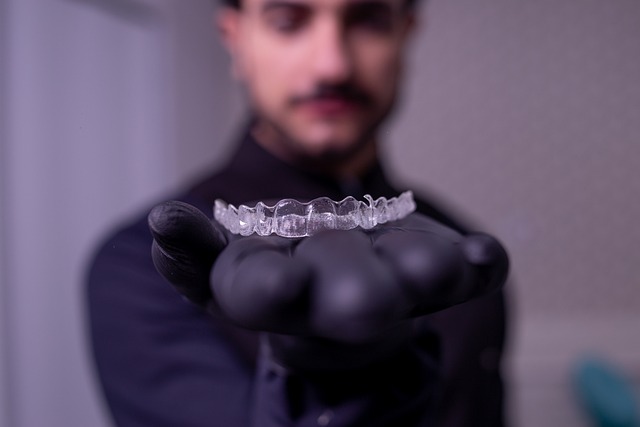


 Imagine undergoing a medical procedure with minimal discomfort and a quick recovery time. Minimally invasive procedures, such as spinal MRI-guided treatments, offer patients precisely that – a revolutionary approach to healthcare. These innovative techniques utilize advanced imaging technology to target specific areas with pinpoint accuracy, reducing the risk of complications and promoting faster healing.
Imagine undergoing a medical procedure with minimal discomfort and a quick recovery time. Minimally invasive procedures, such as spinal MRI-guided treatments, offer patients precisely that – a revolutionary approach to healthcare. These innovative techniques utilize advanced imaging technology to target specific areas with pinpoint accuracy, reducing the risk of complications and promoting faster healing.
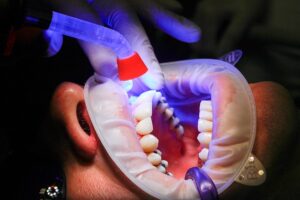 One of the most common procedures when treating a cracked tooth is a tooth filling. A dental filling involves removing the damaged part of the tooth and filling the space with a durable material to restore its shape and function. During the procedure, your dentist will first numb the area around the cracked tooth to ensure you are comfortable throughout. Then, they will carefully remove any decay or weakened areas before placing the filling material.
One of the most common procedures when treating a cracked tooth is a tooth filling. A dental filling involves removing the damaged part of the tooth and filling the space with a durable material to restore its shape and function. During the procedure, your dentist will first numb the area around the cracked tooth to ensure you are comfortable throughout. Then, they will carefully remove any decay or weakened areas before placing the filling material. When a cracked tooth is too damaged for a filling or veneer to repair, dental crowns come to the rescue. These custom-made caps fit over the entire tooth, providing strength and protection while restoring its appearance. Depending on your specific needs and preferences, dental crowns can be made from various materials such as porcelain, metal, or a combination of both. Your dentist will recommend the most suitable option based on factors like durability and aesthetics. The process of getting a dental …
When a cracked tooth is too damaged for a filling or veneer to repair, dental crowns come to the rescue. These custom-made caps fit over the entire tooth, providing strength and protection while restoring its appearance. Depending on your specific needs and preferences, dental crowns can be made from various materials such as porcelain, metal, or a combination of both. Your dentist will recommend the most suitable option based on factors like durability and aesthetics. The process of getting a dental …
 When life gets overwhelming and stress starts to creep in, finding a healthy outlet is crucial. And what better way to escape the chaos than by diving into a good book? Reading has been proven to be an effective stress reliever, offering respite from the daily grind. As you immerse yourself in the pages of a novel or delve into non-fiction topics that captivate your interest, you give your mind a much-needed break. The act of reading allows you to disconnect from reality for a while and enter into another world entirely.
When life gets overwhelming and stress starts to creep in, finding a healthy outlet is crucial. And what better way to escape the chaos than by diving into a good book? Reading has been proven to be an effective stress reliever, offering respite from the daily grind. As you immerse yourself in the pages of a novel or delve into non-fiction topics that captivate your interest, you give your mind a much-needed break. The act of reading allows you to disconnect from reality for a while and enter into another world entirely. Reading can do wonders for your brain. Scientific research has shown that engaging in regular reading can enhance cognitive function and even help prevent dementia. When you read a book, your brain is actively processing information, making connections, and expanding its knowledge base. In fact, studies have found that avid readers have higher levels of intelligence and better overall cognitive functioning compared to those who don’t engage in regular reading.
Reading can do wonders for your brain. Scientific research has shown that engaging in regular reading can enhance cognitive function and even help prevent dementia. When you read a book, your brain is actively processing information, making connections, and expanding its knowledge base. In fact, studies have found that avid readers have higher levels of intelligence and better overall cognitive functioning compared to those who don’t engage in regular reading.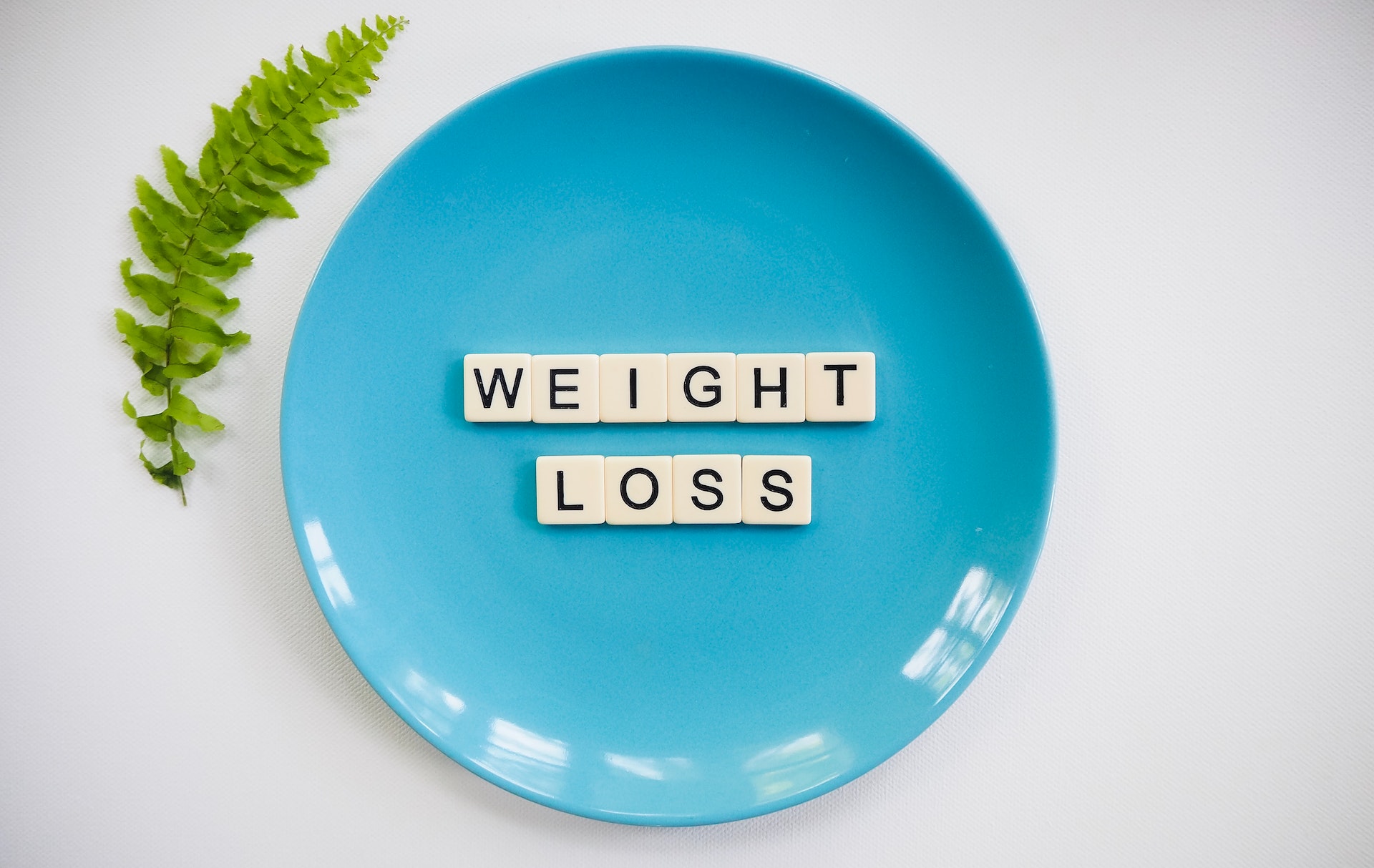
 Emotional eaters often turn to food in response to negative emotions such as stress, anxiety, or depression. They may use food as a way to cope with these emotions or to distract themselves from negative feelings. This can lead to overeating, binge eating, and weight gain. Understanding the role of emotional eating is essential for successful weight loss as it can help individuals identify and manage their triggers.
Emotional eaters often turn to food in response to negative emotions such as stress, anxiety, or depression. They may use food as a way to cope with these emotions or to distract themselves from negative feelings. This can lead to overeating, binge eating, and weight gain. Understanding the role of emotional eating is essential for successful weight loss as it can help individuals identify and manage their triggers. Mindful eating practices are an essential component of breaking the cycle of unhealthy eating habits and achieving sustainable weight loss. This approach emphasizes the importance of being present and fully engaged with the eating experience, including the food’s taste, texture, and aroma. It involves paying attention to internal cues of …
Mindful eating practices are an essential component of breaking the cycle of unhealthy eating habits and achieving sustainable weight loss. This approach emphasizes the importance of being present and fully engaged with the eating experience, including the food’s taste, texture, and aroma. It involves paying attention to internal cues of …
 The more weight you carry, the bigger strain you put on your bones and joints. Osteoarthritis is a painful and debilitating condition that affects millions of people worldwide. This condition appears as the protective cartilage in your joints tear down over time, causing bones to rub against each other. This can lead to stiffness, pain, and reduced mobility. Being 50 pounds overweight puts extra pressure on your joints, which can accelerate the breakdown of cartilage and increase your risk of developing osteoarthritis. In fact, several findings have concluded that obese individuals are up to four times more likely to develop this condition than those with a healthy weight.
The more weight you carry, the bigger strain you put on your bones and joints. Osteoarthritis is a painful and debilitating condition that affects millions of people worldwide. This condition appears as the protective cartilage in your joints tear down over time, causing bones to rub against each other. This can lead to stiffness, pain, and reduced mobility. Being 50 pounds overweight puts extra pressure on your joints, which can accelerate the breakdown of cartilage and increase your risk of developing osteoarthritis. In fact, several findings have concluded that obese individuals are up to four times more likely to develop this condition than those with a healthy weight.


 Make sure that you understand your rights regarding medical product purchases. Read the terms and conditions of any online store before making a purchase.
Make sure that you understand your rights regarding medical product purchases. Read the terms and conditions of any online store before making a purchase. Make sure that the product you buy has a good warranty policy. It will ensure that you are protected if anything goes wrong with your purchase.
Make sure that the product you buy has a good warranty policy. It will ensure that you are protected if anything goes wrong with your purchase.
 We all know that our bodies work best when we’re getting the proper nutrients. But sometimes, getting all the vitamins and minerals, we need from our diet alone is hard. This is where supplements come in. They can provide us with the extra nutrients we need to maintain our health. Remember that they’re also super convenient. Imagine chewing on 20 different pieces of fruit and vegetables every day.
We all know that our bodies work best when we’re getting the proper nutrients. But sometimes, getting all the vitamins and minerals, we need from our diet alone is hard. This is where supplements come in. They can provide us with the extra nutrients we need to maintain our health. Remember that they’re also super convenient. Imagine chewing on 20 different pieces of fruit and vegetables every day. Being too fat or skinny can put a strain on our bodies and lead to health problems. That’s why it’s crucial to maintain a healthy weight. And guess what? Supplements can help with that, too. For example, some supplements contain fiber. Fiber helps us feel full after eating, so we’re less likely to overeat. Some supplements contain green tea extract. Green tea has been shown to boost metabolism and help with weight loss.
Being too fat or skinny can put a strain on our bodies and lead to health problems. That’s why it’s crucial to maintain a healthy weight. And guess what? Supplements can help with that, too. For example, some supplements contain fiber. Fiber helps us feel full after eating, so we’re less likely to overeat. Some supplements contain green tea extract. Green tea has been shown to boost metabolism and help with weight loss.
 One of the best ways to determine if a treatment center is reputable is to look for accreditation, licensing and certifications. Accredited centers have met rigorous standards set by independent organizations, while state or provincial governments oversee licensed centers. Certified centers have been assessed and approved by an external organization.
One of the best ways to determine if a treatment center is reputable is to look for accreditation, licensing and certifications. Accredited centers have met rigorous standards set by independent organizations, while state or provincial governments oversee licensed centers. Certified centers have been assessed and approved by an external organization.
 When you walk into a Pilates class, the first thing that other people will notice is what you are wearing. So it’s essential to choose clothes that make you feel comfortable and look good. Wear fitted T-shirts or tank tops with loose-fitting pants or shorts for men. Avoid baggy clothing, as this can get in the way of your exercises. For women, it’s a good idea to wear fitted clothing that shows off your curves. Leggings and stretch pants are ideal for Pilates class, but avoid skirts or dresses if you’re worried about them flying up during your workout.
When you walk into a Pilates class, the first thing that other people will notice is what you are wearing. So it’s essential to choose clothes that make you feel comfortable and look good. Wear fitted T-shirts or tank tops with loose-fitting pants or shorts for men. Avoid baggy clothing, as this can get in the way of your exercises. For women, it’s a good idea to wear fitted clothing that shows off your curves. Leggings and stretch pants are ideal for Pilates class, but avoid skirts or dresses if you’re worried about them flying up during your workout. Stretching out after your Pilates practice is a must. Not only does it help improve your flexibility, but it also helps prevent soreness and pain the next day. Spend about five to ten minutes stretching out your major muscle groups after each class. You’ll feel better about it. Aside from that, stretching also helps improve your posture and keeps your muscles long and lean.
Stretching out after your Pilates practice is a must. Not only does it help improve your flexibility, but it also helps prevent soreness and pain the next day. Spend about five to ten minutes stretching out your major muscle groups after each class. You’ll feel better about it. Aside from that, stretching also helps improve your posture and keeps your muscles long and lean.
 The last thing you want for your tennis shoes is to restrict blood flow to your feet and toes. Blood circulation is vital for healing wounds, fighting off infections, and reducing swelling in your joints. The best tennis shoes for bunions should be comfortable so that they don’t put any unnecessary pressure on the feet or ankle bones of the wearer.
The last thing you want for your tennis shoes is to restrict blood flow to your feet and toes. Blood circulation is vital for healing wounds, fighting off infections, and reducing swelling in your joints. The best tennis shoes for bunions should be comfortable so that they don’t put any unnecessary pressure on the feet or ankle bones of the wearer. You need to look for a few things when trying to find the best tennis shoes for bunions. The first is comfort. You want tennis shoes that fit well and feel good on your feet. The second is support. Look for tennis shoes with good arch support and cushioning for your heel and ball of the foot areas. Lastly, you want a shoe that provides good traction to not slip on wet surfaces or cause falls when playing tennis.
You need to look for a few things when trying to find the best tennis shoes for bunions. The first is comfort. You want tennis shoes that fit well and feel good on your feet. The second is support. Look for tennis shoes with good arch support and cushioning for your heel and ball of the foot areas. Lastly, you want a shoe that provides good traction to not slip on wet surfaces or cause falls when playing tennis.
 The first secret to finding the best ophthalmologist in Brisbane is getting referrals. You have someone that you trust in the medical industry, and talking to them about the idea of getting an eye specialist can boost your efforts. However, you need to understand that although getting assistance from friends and family members is crucial, it is never enough. You need to verify the information they provide to ensure that no one is taking you for a ride. The good thing is that Google is always available to answer any questions that you may have.
The first secret to finding the best ophthalmologist in Brisbane is getting referrals. You have someone that you trust in the medical industry, and talking to them about the idea of getting an eye specialist can boost your efforts. However, you need to understand that although getting assistance from friends and family members is crucial, it is never enough. You need to verify the information they provide to ensure that no one is taking you for a ride. The good thing is that Google is always available to answer any questions that you may have. The other important factor to consider is experience. Any ophthalmologist in Brisbane will do everything to make you believe that they are the best even when they know they are not. Therefore, you need to be careful not to choose an ophthalmologist based on inaccurate details. Leveraging Google is one of the most effective ways to gather as much information as you can. Checking the track record of an ophthalmologist and getting to know the number of patients they have treated can hint at the quality of services they can offer.…
The other important factor to consider is experience. Any ophthalmologist in Brisbane will do everything to make you believe that they are the best even when they know they are not. Therefore, you need to be careful not to choose an ophthalmologist based on inaccurate details. Leveraging Google is one of the most effective ways to gather as much information as you can. Checking the track record of an ophthalmologist and getting to know the number of patients they have treated can hint at the quality of services they can offer.…



 It is essential to understand that cosmetic dentistry offers fewer pain procedures. Therefore, unlike other traditional methods of dentistry, you will realize that cosmetic dentistry procedures can spare you the pain and you might even enjoy your meals even after a dental procedure. You need to find the best-experienced dentist who will explain to you the entire procedure, and you can even ask him or her some of the troubling questions you have.
It is essential to understand that cosmetic dentistry offers fewer pain procedures. Therefore, unlike other traditional methods of dentistry, you will realize that cosmetic dentistry procedures can spare you the pain and you might even enjoy your meals even after a dental procedure. You need to find the best-experienced dentist who will explain to you the entire procedure, and you can even ask him or her some of the troubling questions you have. A smile is one of the easiest ways a person can communicate non-verbally with his or her friends. However, if you have chipped, crooked, stained or discolored teeth, then this is likely to affect how you will interact with other people. Also, a dull smile will always lower a person’s self-esteem and self-confidence. That is why you need to look for an experienced dentist who will ensure that you achieve your brilliant smile and therefore enhance your self-esteem and confidence.…
A smile is one of the easiest ways a person can communicate non-verbally with his or her friends. However, if you have chipped, crooked, stained or discolored teeth, then this is likely to affect how you will interact with other people. Also, a dull smile will always lower a person’s self-esteem and self-confidence. That is why you need to look for an experienced dentist who will ensure that you achieve your brilliant smile and therefore enhance your self-esteem and confidence.…
 When you want to go to an eye clinic, choose one that is most convenient for you. Select a center that is closest to where you live or where you work so that you can go there easily. For example, you should go to the best eye clinics in Delhi when you live in Delhi and so on. You should also consider the office hours of the center to ensure that you are able to book an appointment when you are available.
When you want to go to an eye clinic, choose one that is most convenient for you. Select a center that is closest to where you live or where you work so that you can go there easily. For example, you should go to the best eye clinics in Delhi when you live in Delhi and so on. You should also consider the office hours of the center to ensure that you are able to book an appointment when you are available. You should also find out about the
You should also find out about the 

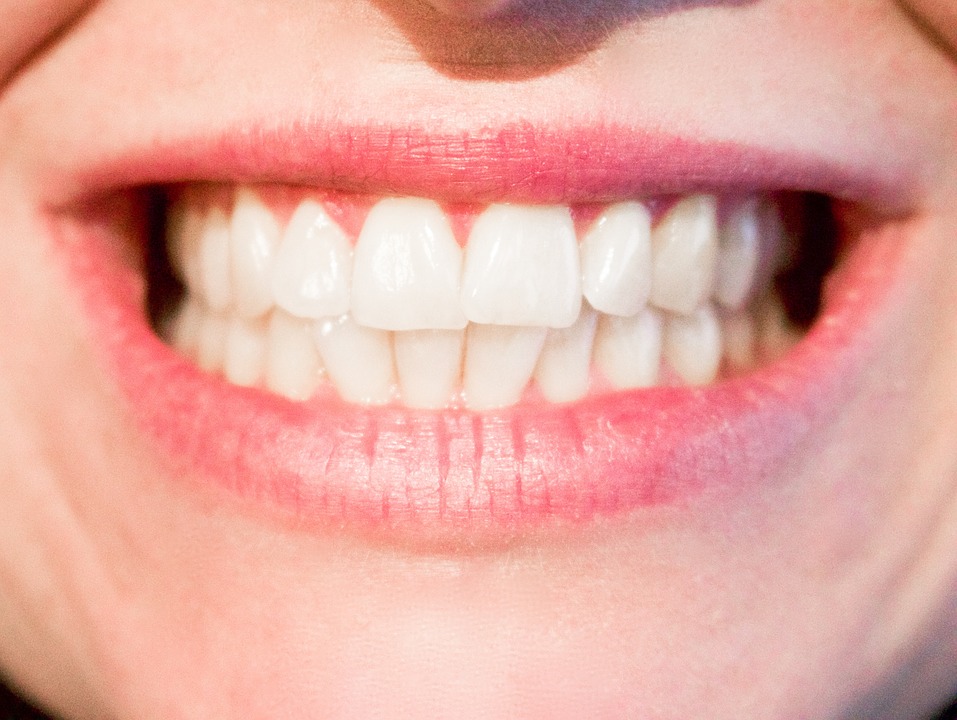
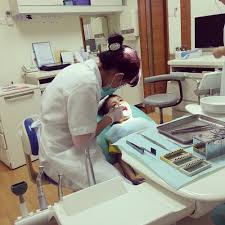
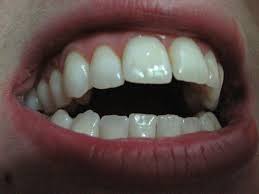 Teeth are not only beneficial in chewing. They also ensure that your tongue at the right place all the time. However, if your jaw is misaligned, you may suffer from a condition called sleep apnea. This condition arises because the tongue falls back often. Consequently, this blocks the breathing system and causes sleep apnea and other related medical complications.
Teeth are not only beneficial in chewing. They also ensure that your tongue at the right place all the time. However, if your jaw is misaligned, you may suffer from a condition called sleep apnea. This condition arises because the tongue falls back often. Consequently, this blocks the breathing system and causes sleep apnea and other related medical complications.